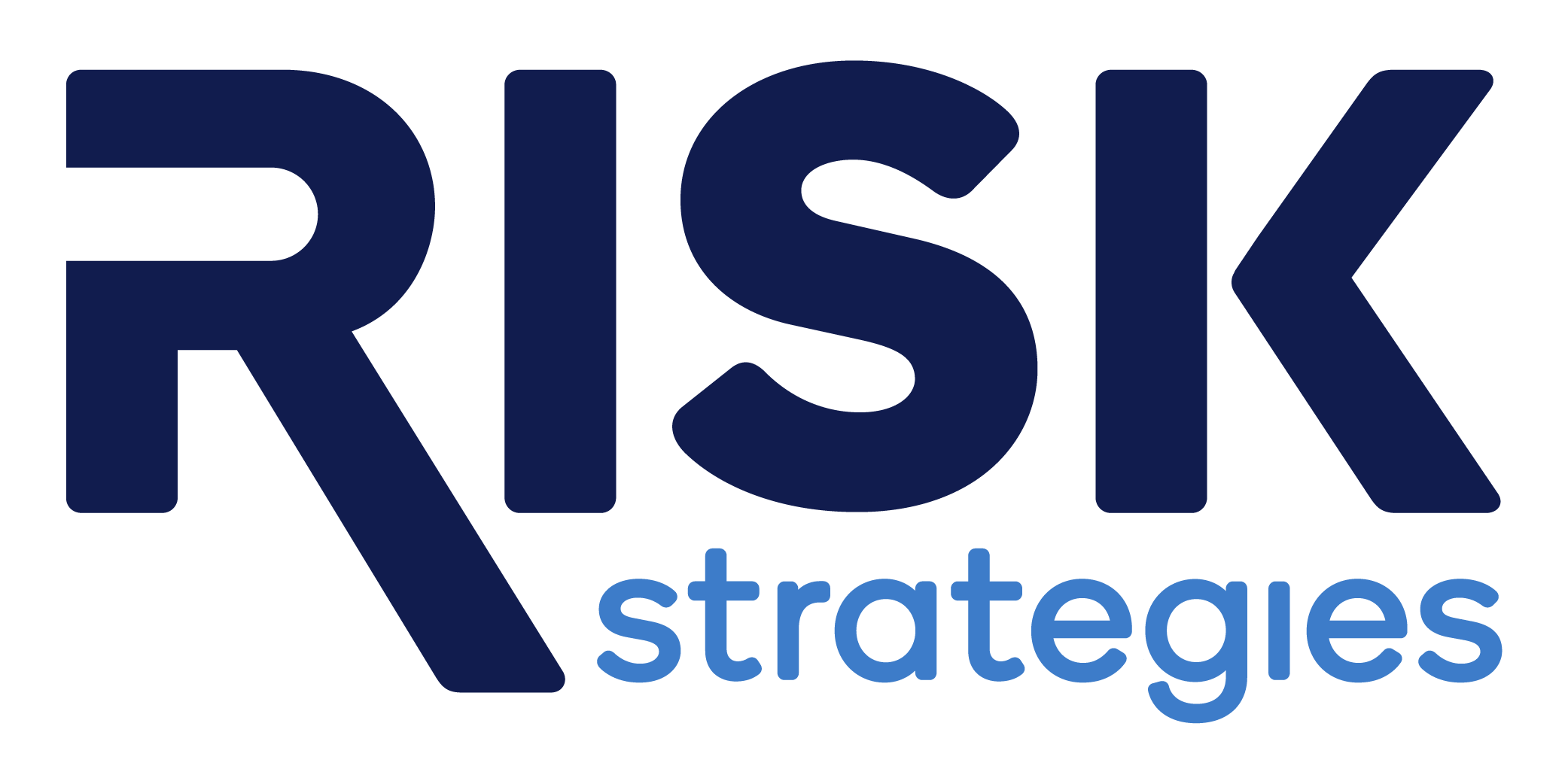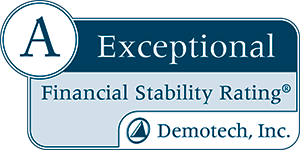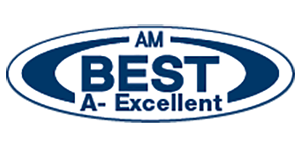Protect your Projects with Adjoining Adjacent Property Protection Coverage
Adjoining & Adjacent Property Protection Coverage (or APPC) is a unique policy meant to provide a dedicated limit of insurance against damage and injury to properties and residents for your next door neighbor. Universal Fire & Casualty Insurance Company offers APPC coverage and tailors it to meet all of your project needs on a per project basis.
What you need to know about Adjoining Adjacent Property Protection Coverage
Adjoining & Adjacent Property Protection Coverage is a unique policy meant to provide a dedicated limit of insurance for damage or injury to properties and their lawful residents that are next door to a project which is insured. It is not a replacement for regular personal or business liability policies.
While the contractor usually purchases APPC for the project owner, both may be insured under the policy for covered injury or damage. APPC solves the problem of competing claims from a contractor’s policy and typically low limits of insurance held by homeowners. However, the project owner is the “primary insured” under the policy to make sure that, in the event of competing claims from both the project owner and the contractor, the project owner’s claims are preferentially dealt with in terms of the limits of insurance available.
Project Coverage can be provided for as low as $55.
The primary coverage program, for efficiency of workflow, is designed to be put in place by a contractor for the protection of all project owners to provide coverage. The contractor may add jobs to the policy at different times and at different limits of insurance depending on the need. The premium is developed on a job or per project basis as they’re added to your policy.
Because there is a wide variety of the types of work and size of jobs and projects, we have provided flexibility in the coverage limits of insurance selection that may be varied by job to allow for premiums as low as $55 per project. See the Project Pricing Indicator on our website.
For coverage to begin on individual projects The contractor would provide information in the applicant section required to begin the underwriting process. Such information includes, but is not limited to:
Name of Project Owner(s)
Address of the job (for possible inspections)
Description of the work to be done
Estimated start and completion dates
Initial total cost estimate (what the contractor will bill the project owner)
Upon completing entry of the underwriting information, you will receive an indication on the next steps to bind your coverage. In most cases, policies may be bound immediately upon the successful completion of online questions and payment. In some instances, we may need more information if the work is deemed to be particularly hazardous such as complete demolition of an adjoining structure. In that case, the premium indications are still provided but the file is automatically referred to underwriting for approval. Approval and/or follow-up responses typically take 24 hours or less.
- Rate the job based on the incremental rates
- Select Limit of Insurance for the job
- Compare minimum premium for selected limits of insurance to result from Step 1
- The higher of the minimum premium or job rating developed in step one applies
The pricing is based on the limit of insurance selected for the job in question, and the total estimated cost to the project owner of the job. The rate, applied to increments of job costs, is subject to the following minimum premiums per job based on the limit of insurance selected.
The following minimum premiums apply per job:
Limits selected Minimum per job premium
$100,000 per Occurrence and $250,000 Aggregate $55 per project
$250,000 per occurrence and $500,000 Aggregate $75 per project
$500,000 per occurrence and $1,000,000 Aggregate $107 per project
$1,000,000 per occurrence and $2,000,000 Aggregate $197 per pro
The rating increments are:
Job Cost Increment Rate
First $100,000 @ $1/$1,000 of project cost
Next $400,000 @ $.75/$1,000 of project cost
Next $500,000 @ $.60/$1,000 of project cost
Next $500,000 @ $.55/$1,000 of project cost
If the job is over $1,500,000 we will require additional underwriting information
Completed jobs are subject to audit upon completion for the final cost.
Examples:
- John is renovating his townhouse. His contractor is participating in the Shield Indemnity APPC insurance program. The job is estimated at $750,000 at time of permitting. Due to the size of the job they have selected $1,000,000 limit per occurrence and $2,000,000 aggregate limit of insurance for the job.
First $100,000 rating: $100 X $1.00 = $100 premium
Next $400,000: $400 X .75 = $300 premium
Remaining $250 X .60 = $150
Total Rated premium: $550.
Minimum Premium for $1,000,000/$2,000,000 limits = $197
$550 > $197 therefore job premium is $550
- Michelle is renovating a 2 bedroom row house in Adams Morgan and adding an extra bedroom. The construction will impact the party walls and chimney. The total contract price is $150,000. Due to the size of the job Michelle is interested in pricing for all limits available.
First $100,000 rating: $100 X $1.00 = $100
Next $50,000: $50 X .75 = $38
Total $138
Michelle can buy limits as high at $500,000 each occurrence and $1,000,000 aggregate for $138. However, if she opts for the $1,000,000 per occurrence and $2,000,000 Aggregate the premium will be $197.
The most efficient way to purchase coverage is through a contractor participating in the program. At the time the permitting process occurs and jobs are to be added to the contractor’s policy, they’ll notify us of the project specifics and their desire to be included to their master policy. Contractor’s are subject to normal the underwriting procedures of any project, including their level of experience, loss history, insurance maintained, and regulatory record. This process is typically a “same-day” response once all the information that is requested is provided.
Any Project Owner can also purchase the coverage for a single project subject to individual underwriting of their project. On individual policies for Project Owners, the minimum premium is $100.
Yes. However, if the project owner is arranging and purchasing APPC, the policy is endorsed to exclude the contractor as an insured.
The coverage issued is liability coverage for the project owner and/or the contractor. While the District does not make provisions for third parties to make a direct claim against someone’s liability insurance (i.e. a direct action jurisdiction), we encourage adjacent or adjoining property owners and residents to notify us of a claim against our insured.
In the contractor established APPC program, once the contractor is underwritten and approved, jobs may be added at any time. However, jobs added to an APPC after they have started will be subject to additional underwriting steps such as an onsite inspection and will exclude losses that occur prior to the purchase of the coverage.
No. Liability policies do not cover an insured for injury or damages to themselves or their own property or property in their care, custody, or control. Property policies only cover the described property of which the named insured must have an insurable interest. Therefore, none of the claims for damages to neighbors that are covered by the APPC policy would be covered by giving those neighbors additional insured status on another policy.
Builders risk is a property coverage that covers the structure being built. For example, if a construction project had materials stolen from the job site or other peril damaged or caused loss to the subject of construction, a Builders Risk policy would cover it.
Yes, there are other permit types that can be covered. For permits involving new construction, sheeting and shoring and exterior structural demolition projects, due to increased hazard Universal reserves the right to individually underwrite those jobs.
Most commercial general liability coverage purchased by a contractor or developer will automatically cover such claims. However, such policies may have inadequate limits or have limits impaired by competing claims. This coverage is unique as it not only covers the project owner but acts as excess coverage for the contractor.
No. However if you have purchased property insurance on your structure it is likely covered subject to your deductible and other terms and conditions specific to your policy.
Yes. This D.C. Act 24-796 was signed and enacted by the Mayor’s signature as of January 26, 2023. The “Protecting Adjacent and Adjoining Property Owners from Construction Damage Amendment Act of 2022” or APPC coverage is being required to provide additional coverage for adjacent and adjoining properties as required for a permit in the construction process by the District’s Department of Buildings (DOB). It is offered to protect adjoining properties and their lawful occupants for risks of loss, damage to property, or injury to or death of persons arising out of or in connection with the performance of the work proposed to be performed under the permit.
For Agents looking to bind APPC Coverage…

Speak with an Agent Today

Our Accreditations







